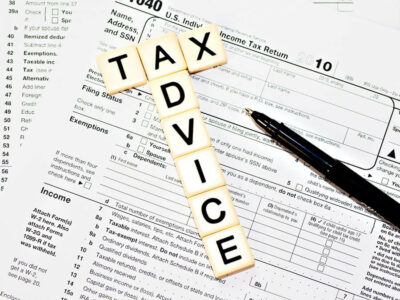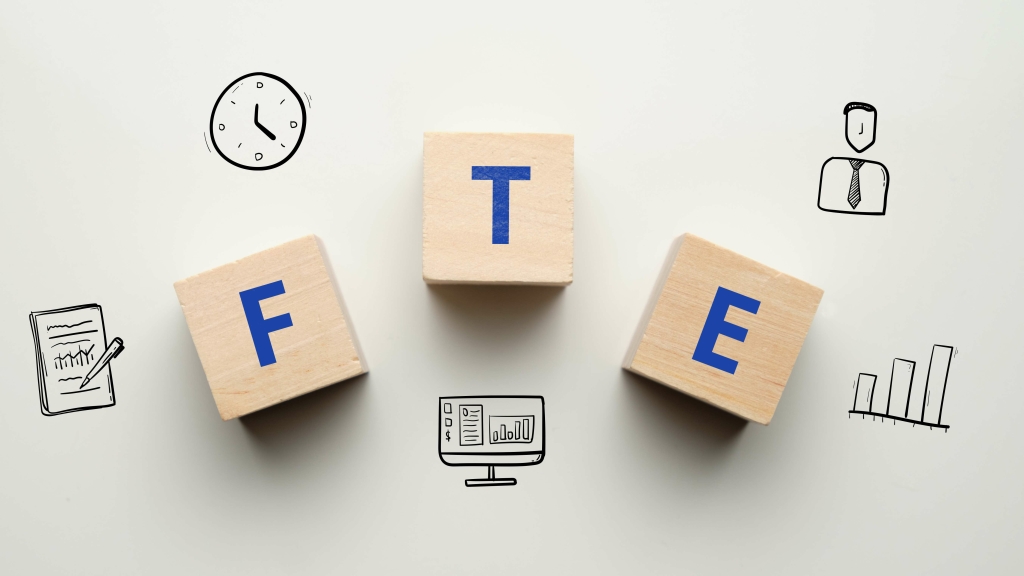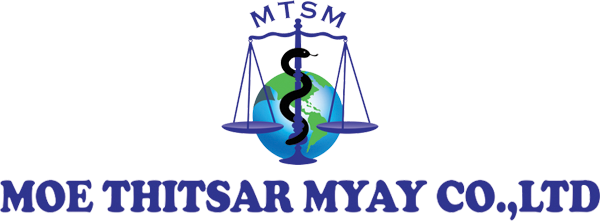
This category includes office supplies like computers, pens, and paper; cleaning services for your office space; and other miscellaneous office expenses. Website hosting and domain payments may fall into this category as well. It is important to understand the difference between “cost” and “expense” since they each have a distinct meaning in accounting. Cost is the monetary measure (cash) that has been given up in order to buy an asset. An expense is a cost that has expired or been taken up by activities that help generate revenue. For guidance on specific deductions, consulting IRS publications or a tax professional can be invaluable.

Depreciation Expenses:
- So be sure to capture the principal and the interest you pay on your loans as separate expense categories.
- CapEx is recorded on the balance sheet as an asset and is spread over several years through depreciation or amortization.
- Expenditures can be capital in nature, such as purchasing equipment, or revenue in nature, like paying for utilities.
- Peakflo automates expense approvals using flexible rules that adapt to any business process.
- Janet Berry-Johnson, CPA, is a freelance writer with over a decade of experience working on both the tax and audit sides of an accounting firm.
The most common way to categorize them is into operating vs. non-operating and fixed vs. variable. Interest on business loans, taxes, or product research and development don’t qualify as start-up tax deductions. For instance, maybe you don’t have an accountant on staff but need types of expenses in accounting one short-term or for a special project.

Track receipts efficiently

It is important for entities to regularly consult IRS publications or a tax professional for current laws regarding the deductibility of these expenses. Our intuitive software automates the busywork with powerful tools and features contra asset account designed to help you simplify your financial management and make informed business decisions. Bench simplifies your small business accounting by combining intuitive software that automates the busywork with real, professional human support.
Health and Safety Equipment
- Organizing records like invoices, receipts, and bank statements ensures easy retrieval.
- Operating costs are the day-to-day expenses required to run a business, such as rent, utilities, salaries, and office supplies.
- Each of the expense accounts can be assigned numbers starting from 5000.
- The IRS requires businesses to retain records for at least three years from the tax return filing date, though this period may extend in certain cases, such as underreported income.
- The following three principles are important in recognition of expenses that are deducted from revenue to determine the net income or loss of a period.
- Examples include accounting software, CRM systems, project management tools, and industry-specific software.
Using accounting software that links with your bank account for automatic importing ensures you don’t miss any transactions and that your expenses are properly categorized. Of course, you should manually review the transactions to ensure they’re in the proper category, but it takes much less time to reconcile this way than manually entering every transaction. Real-time expense tracking gives you complete visibility into spending as it happens. Instead of waiting for monthly statements, you see every transaction the moment it occurs. Ramp’s customizable reporting dashboards display spending by category, department, and employee, making it easy to spot trends and anomalies.


Documentation is critical; businesses must keep receipts, bank statements, and financial records that detail each https://www.bookstime.com/ expense. Proper categorization ensures that come tax time, they have accurate figures to report and can substantiate claims if audited. The chart of accounts is a tool that lists all the financial accounts included in the financial statements of a company. It provides a way to categorize all of the financial transactions that a company conducted during a specific accounting period. Differentiating between personal and business expenses requires using separate bank accounts and credit cards for business transactions.

